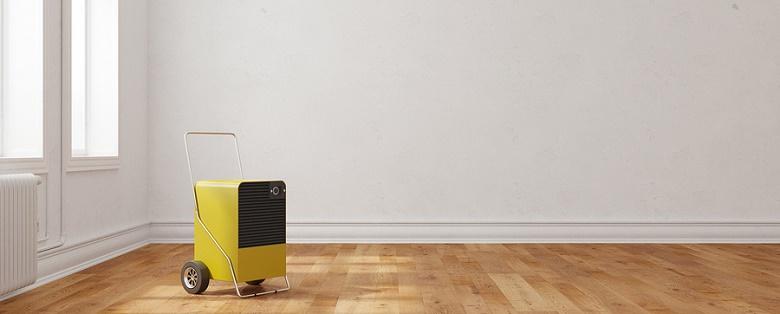
The biggest challenge that flood damage restoration services face when repairing water damage is getting everything dry. Water extraction must be done quickly, then various techniques must be used to dehumidify affected structures and items before they are damaged beyond repair. Besides air drying, which can take too long in many cases and invite mold and mildew growth, flood damage restoration services utilize a number of faster and more efficient drying methods. By using a more advanced system, even severely affected items and surfaces can be restored.
Structural Drying Methodology
Structural drying is a flood damage restoration process used to restore building materials and other surfaces that soak up water. Once an event has been classified as a Category 1 or greater flood, it is necessary to look for damage to floors, drywall, and other structural elements and restore them by thorough drying. Through humidity testing and experience with various materials, flood damage restoration services carefully assess the situation and then design the best plan to dehumidify everything as quickly as possible and replace what cannot be properly dried.
Structural drying plans are based on science and an understanding of how to approach different types of damage to achieve the best results. To ensure that restorers have the required knowledge and can make the best decisions on how to proceed, the IICRC now offers a certificate in Applied Structural Drying.
In-Place Drying Process
Once a structural drying plan has been devised, in-place drying of structures and items can begin. In-place drying is the process of removing all moisture from the affected area without actually having to remove carpet, flooring, and furnishings from a home. Although removing everything and individually drying it out is how flood damage restoration was previously handled, important developments in drying technology have made this unnecessary. By using high-powered water extractors, blowers, ventilators, and dehumidifiers, flood damage restoration services are now able to get an area restored in a matter of days, while everything stays in place.
It is important to note that in-place techniques are generally only acceptable for Category 1 clean water damage and only when restoration begins within 24 hours. Gray or black water damage generally requires the removal of items, some of which may not be salvageable and others that may require special cleaning and disinfecting. A Category 1 event can progress to Category 2 if mold or mildew growth begins because drying efforts were not quickly begun.
Air Drying and Evaporation
Although there are many new and advanced methods to dry out structures and items today, there are still times when natural air drying and dehumidifying are preferable. Depending on the building materials from which a building is constructed, fast forced hot air drying can cause damage that is avoidable by simply allowing materials to air dry. This is generally the case with older or historic buildings, which must be dried slower by using air ventilators and powerful dehumidifiers to obtain the best results. Preventing mold and mildew is always a challenge in these instances.
When damage after an incident involving water is significant, flood damage restoration usually entails more than simply mopping up water and opening windows. Flood damage restoration services must act quickly to assess the degree of destruction and determine the best methods for drying out structures and other items. Application of the right drying techniques can be the difference between successful restoration and having to rebuild and replace instead!